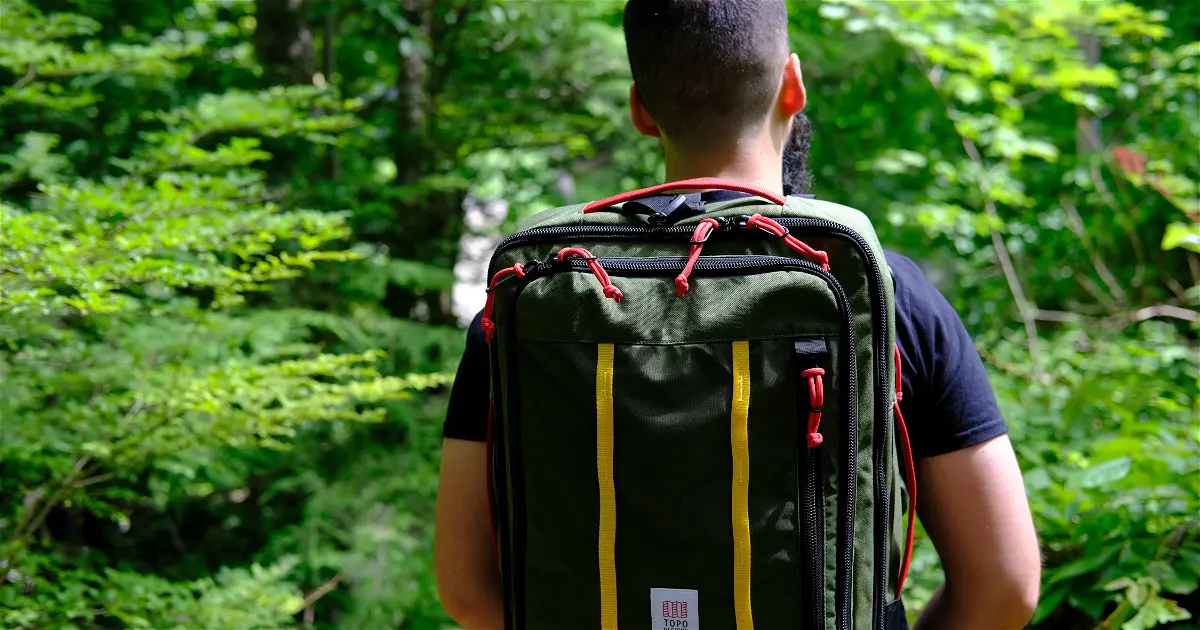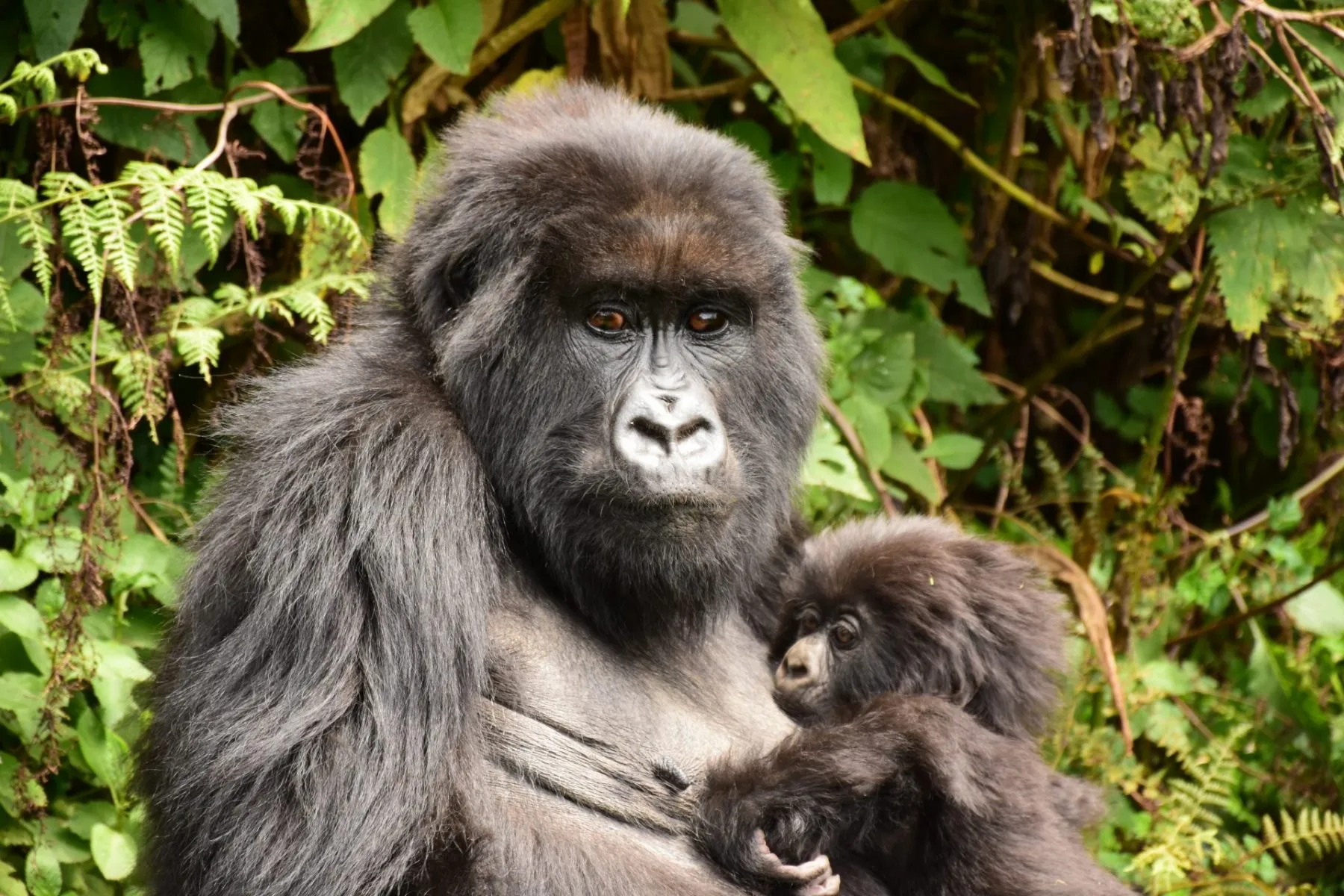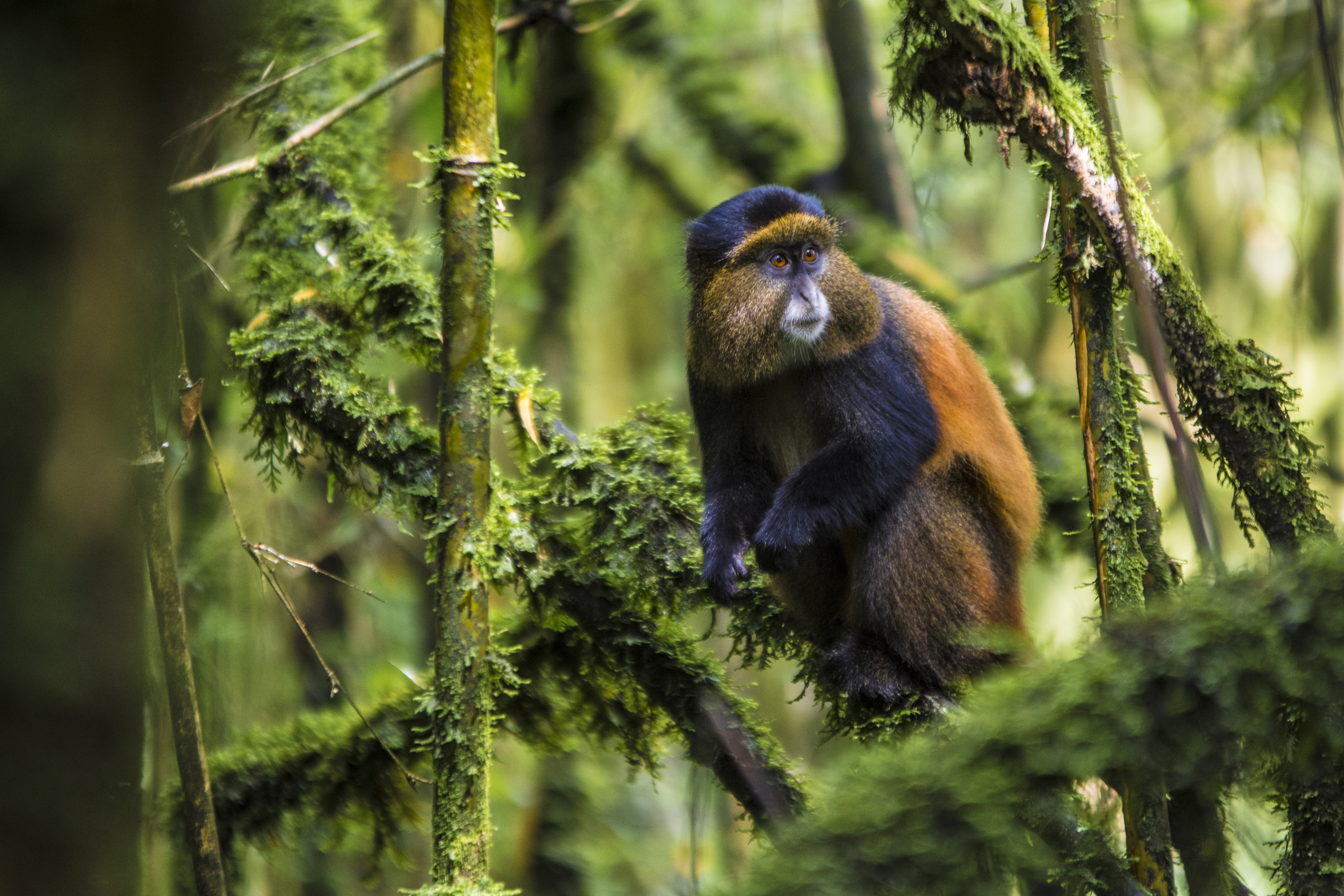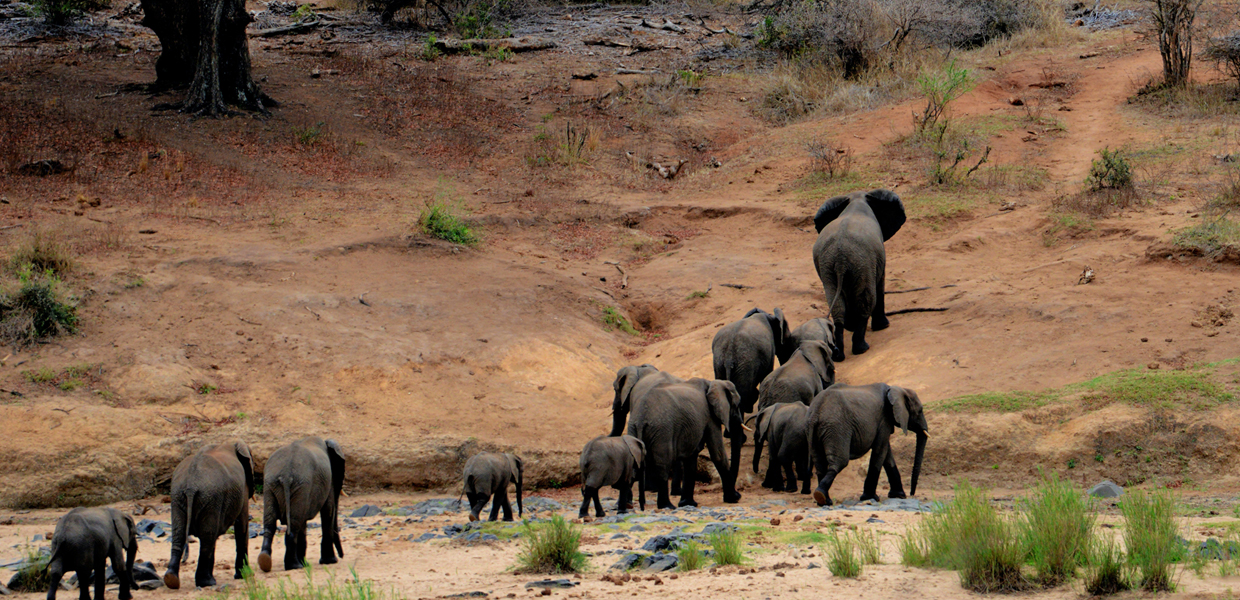
Many tourists struggle with what to pack for gorilla trekking activities; in this article, we’ll cover every detail of what one must bring before entering the bush to trek the fascinating mountain gorillas. Primarily, gorillas come in several varieties, and their classifications are largely determined by their natural environments.
The world is home to two different species of gorillas: western and eastern gorillas.
There are two subgroups of Eastern gorillas: Mountain gorillas and Eastern lowland gorillas. Conversely, the western gorilla species comprises two subspecies: the western gorilla and the western lowland gorilla. All of these gorilla species are found in different African forests, primarily in the east and central regions.
What is Gorilla trekking?
Visits to gorilla habitats to observe the gorillas and discover more about their amazing lifestyles are referred to as “gorilla trekking.” Despite the fact that the amount of time visitors spend with the primates separates them, gorilla trekking and gorilla habituation are closely related.
A maximum of 60 minutes are spent with the gorillas during a gorilla trekking experience. However, even though gorilla habituation is more expensive, the visitor spends four hours with the gorillas. The traveler learns and unlearns things about the gorillas by spending more time with them and with experts.
Where is gorilla trekking done?
Gorilla trekking takes place in the deep tropical rainforests of Central and Eastern Africa, where the gorillas live. In an effort to preserve primates over time, numerous nations have created national parks. These national parks provide opportunities for gorilla trekking. The practice only occurs among habituated gorilla families, who are therefore free of humans in their natural habitats.
Gorilla trekking is takes place in Bwindi Impenetrable and Mgahinga National Park in Uganda for the mountain gorillas. In Rwanda, it is takes place only in Volcanoes National Park. In the Democratic Republic of Congo, it takes place in Virunga National Park for mountain gorillas and in Kahuzi Biega National Park for the eastern lowland gorillas. Gorilla trekking also takes place in other parts of Central Africa.
What to pack for gorilla trekking?
A gorilla trekking permit. This is a crucial component of the hiking expedition. Before allowing you to enter the jungle to see the gorillas, park officials will check this requirement. Authorized tour companies such as Ibuth Safaris deal with permits for gorillas. The tour operators bear the burden of obtaining the permission on your behalf.
Hiking Boots. These are yet more requirements that are essential to mention. The traveller finds it easier to navigate through dense jungles with ground covered in roots, slick terrain, and other obstacles when wearing hiking boots. You should think about carrying them because they always give off that certain, “walk in the jungle” attitude.
Raincoat. A raincoat should be one of your gorilla trekking gear. It is crucial to keep in mind that the majority of gorilla habitats live in the Great Lakes region, where unplanned rainstorms frequently occur. Raincoats shield travelers from the elements. Adventure and fun flow easily.
Insect Repellents. The exercise takes place in forests, therefore you should bring bug repellents. They are a tried-and-true method of protecting oneself from illnesses like fevers and malaria since they help ward off biting insects.
Hiking Sticks. Since these are available at the park headquarters right before you enter the jungle, you don’t need to bother about them. In addition to offering support, the trekking sticks aid in navigating the bushes and other creepers.
A camera. Just like on any other journey, this is essential. Cameras make it easier for tourists to record the thrilling parts of their journey. These serve as memoirs of the enjoyable time spent in the gorillas’ natural environment. It’s important to keep in mind that taking flash photos in the bush is forbidden. This is due to the fact that the flashes may produce charges and annoy the primates.
A tourist day pack. You need to bring that bag with you if you want to be safe in the forest. It makes it easier to travel with necessities. These consist of personal medication, first aid supplies, food and beverages, and any additional gear the traveler deems necessary. Using the aforementioned on a hike is always a good idea.
When is the best time to do gorilla trekking?
The optimum seasons for gorilla trekking are during the dry months of the year. They are advantageous because there is less rainfall in the tropics during these periods. As a result, it is simpler to navigate the jungles without difficulty. In addition, during the dry seasons, human allergies also tend to subside.
June until September and December until the beginning of March are considered the dry seasons. Gorilla trekking is possible every day of the year, though, as the park is always open. It is simpler to tour the gorilla habitat without disturbing the primates during the other seasons because there are fewer visitors.
SEND INQUIRY for an exciting trip to trek mountain gorillas. Or contact us directly at +256 393 247 137 / +256 742 678 918 or email us at info@ibuthsafaris.com.



